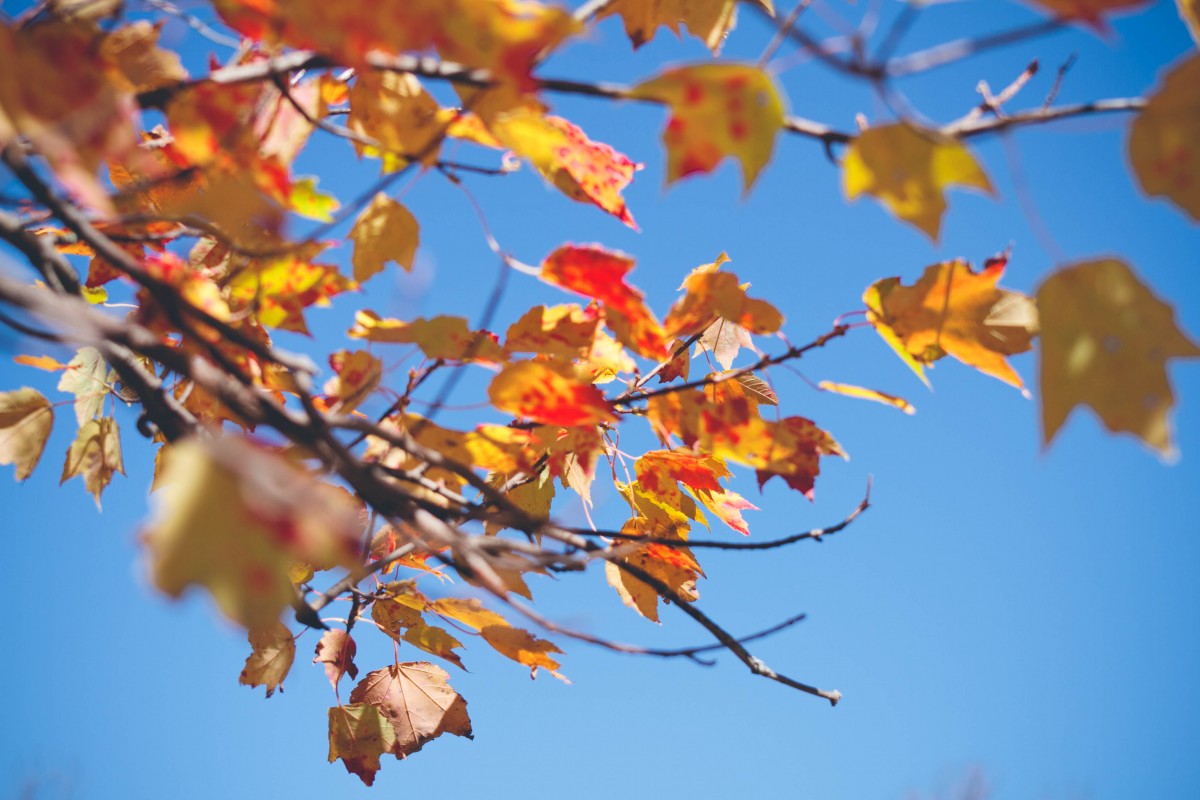Last Updated on
A lot of people are not aware of the fact that trees can get stressed similar to humans. Although the trees that live in a rainforest or any other setting can live for many decades, there is always something affecting and impacting their existence.
There is a widespread misconception amongst people that disease and insects are the leading causes of tree death. However, a significant reason why trees experience stress is human activity and their often unknown actions that impacts them. Improper planting is perhaps one of the most prevalent and common reasons why trees are declining and susceptible to death in urban environments.
Tree planting and care services are best suited to consult in the selection, planting location, and care for new trees. Oftentimes trees already exist, so it’s paramount that you are informed and aware of the indications that something may be causing your tree harm.
What are the Warning Signs?
Fortunately, you can often visibly see and recognize the warning signs and symptoms as to whether a tree is experiencing stress or not. Preventing stress is ideal, and this can be accomplished by ensuring proper watering, strategically choosing the planting location, and pruning of the trees; doing your homework before haphazardly choosing a species and planting a tress may be the best way to ensure trees do not experience unnecessary stress. Nevertheless, once a tree is harmed, here are some warning signs to take into account and be on the lookout for:
1. Splits or Cracks in the Bark or Limbs
This is an obvious and clear warning sign when trees have been severely harmed and are experiencing stress. A crack caused in the trunk of a tree can be indicative of external and internal decay, or evidence of a trauma like a lightning strike. Although the smaller splits and cracks can heal on their own, if you see major splits on the tree, it is an indication that severe stress has been caused, and you may be required to have it removed.
2. Leaf drop
This is another significant warning sign that something is awry, and the trees are experiencing stress. Most trees typically lose their leaves during autumn. However, if your tree is losing leaves at the wrong time of the year, such as early in fall or in the summer, this means the tree is experiencing some type of damage or stress. The reason behind early leaf drop can be too little water or the impact of a disease or extreme temperature exposure. An arborist or tree professional can be consulted to figure out if it can be rectified and the long-term solution.
3. Brown Leaves
Brown leaves and/or severe leaf wilt is another indication that a tree is under stress. This may also be an indication of transplant shock if the tree was recently transplanted. However, you may not need to remove the tree just because its foliage has wilted or browned. Sometimes, the solution is as simple as increasing the tree’s watering frequency. Mulch can be used to cover and protect the soil around the tree, helping the soil retain its moisture for improved root growth.
4. Spotted Leaves
If you see spotted leaves, it is likely due to disease. Fungi can repeatedly attack trees and plants during the rainy season or by poor watering methods. If your tree shows spotted leaves, it is likely being attacked by organisms or infected by a pathogen. In these circumstances it is best to consult a professional tree service to develop a treatment plan and halt the spread of the disease.
5. Mushrooms on the Trunk or Root Flare of Your Tree
One of the most alarming warning signs you can see is mushrooms growing on the trunk or root flare of your tree. Mushrooms will only grow when rotting wood is present. Therefore, if mushrooms are growing on your tree trunk, root flare, or anywhere else on your tree, consult a professional tree service immediately to determine what actions to take.
The Warning Signs and Bottom Line of Tree Stress
In this article, you discovered many signs of a stressed tree and what to do to help it recover.
By taking swift action to help your tree recover, you are potentially adding decades to its lifespan.
When you ignore the signs of tree stress, you are allowing the potential of catastrophic tree failure and costly property damage to grow.


Reply